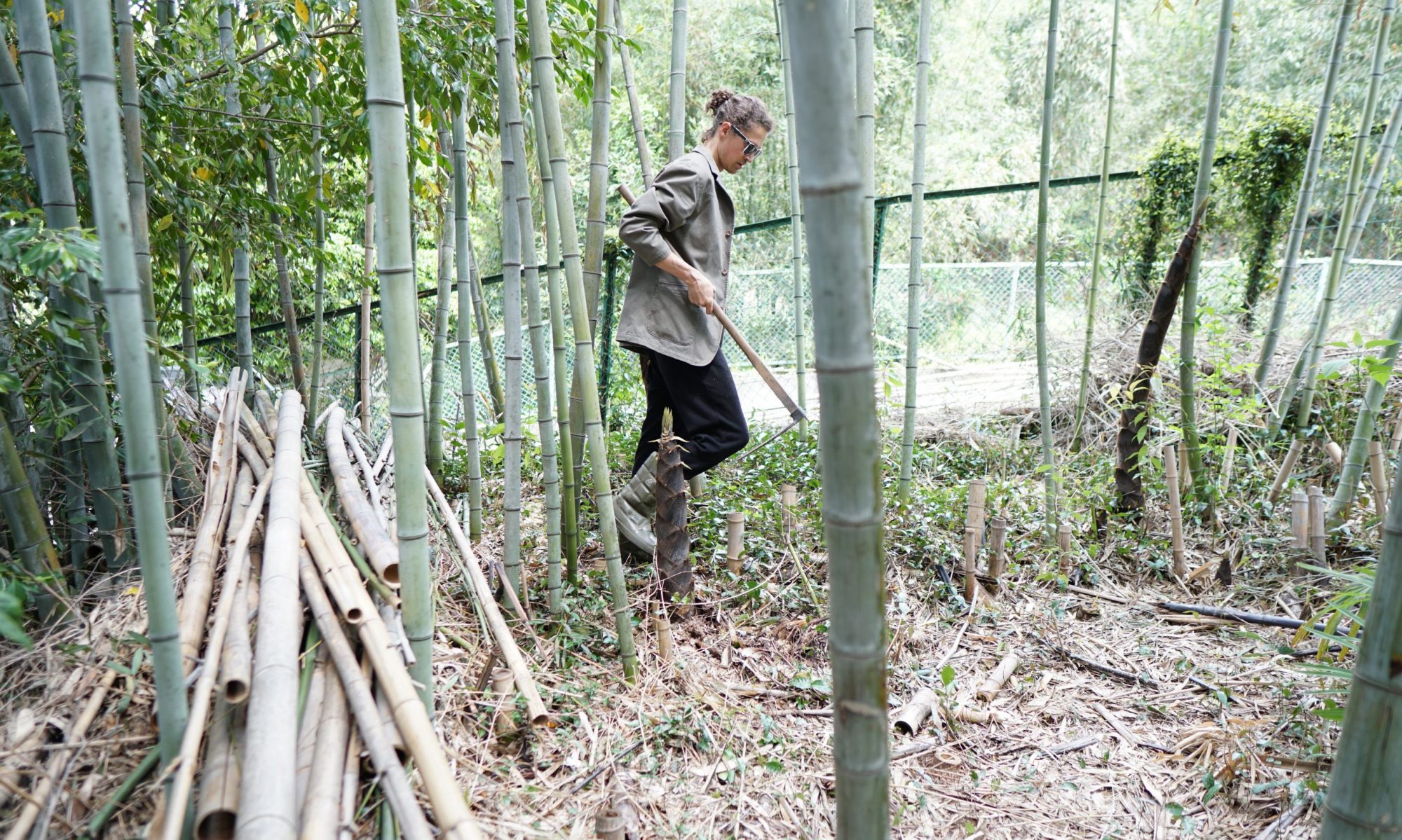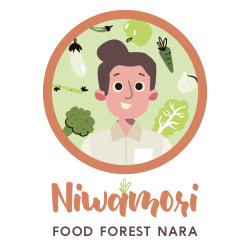
In a world where resources are becoming scarcer and improving everyone’s lives is a challenge, low-tech solutions can play a significant role in agriculture, especially for people growing food at home. Low-tech machines can be created with easy-to-find parts that are standardized and available worldwide. Low-tech tools are tough and can be repaired easily.
Unfortunately, many communities worldwide lack knowledge of low-tech solutions. That’s why it is now crucial to make this information available to everyone. The plans can be printed, laminated, waterproofed if needed and brought to the remote villages. A simple sun oven system built with some random simple pieces of food and an old window can be used to dry fruits and vegetables. This process allows Amazon villagers to bring specialty foods grown on their trees in their backyard forest garden to the market, where they can sell it for a premium price because it’s been sun-dried. This opens up the bottleneck in the market between the available food around the world and the people who should be eating it. Imagine if it could suddenly reach another rich country’s supermarket? Maybe there is too much for the local city, but a bio shop in a city center will definitely pay a premium for it. Looking at the amount of wasted food because of heat and time-to-market, I wanted to teach people how to transform food so that they can keep it longer, so it has time to reach a new consumer without getting spoiled.

For instance, Amazon and forest communities can learn to sundry fruits when it’s hot and sunny. If they don’t have a window, they can make it dry on palm-tree carpets or something like a chicken wire. Once a community creates these loops, they can earn and start to thrive. And they can keep their lifestyle in the forest and continue to supply the world with their otherwise disappearing biodiversity knowledge.
There are ways to create very low-tech nurseries. Remote communities can multiply trees and bring the young trees to plant on the city roofs and balconies, in the buffer zones between civilization and nature and into urban food forests. Governments should encourage the villagers to copy fruit trees and finance more nurseries until we redeploy maximal biodiversity on the planet.
Another low-tech solution from North Africa called the desert fridge needs to be deployed globally. It’s a big clay pot with another small clay pot inside and some sand between the two parts. Water is added in between the two parts, and when it evaporates because of the temperature difference between outside and inside, it cools down the inside of the pot. It’s a new-level fridge that needs no electricity and keeps food fresh for a long time. Implementing just these two technologies would greatly reduce world food waste.
The Low-Tech Lab research community has compiled a list of inventions that can be created using easily available materials and simple tools. The website is available in multiple languages, including English, French, Spanish, Portuguese, Italian, and German.
We think governments and international programs should incentivize the adoption of low-tech solutions by providing resources and support to communities to create copies of fruit, medicinal plants, and other valuable crops. With low-tech solutions, we create a sustainable food system that benefits both the planet and its people.
Low-tech solutions like the sun oven and the desert fridge offer a simple, accessible, and sustainable way to address the bottleneck in the food market and improve food security in communities around the world. By sharing assembling know-how when we travel to less privileged communities, we can empower people to take control of their food production and create a more resilient future. Niwamori.org encourages you to mobilize and contact the stakeholders of every country on the planet to make this free, extremely useful information available to the people.
The inventions list, the wiki : https://wiki.lowtechlab.org/wiki/Group:Low-tech_Lab
More about the lowtechlab: https://lowtechlab.org/en


